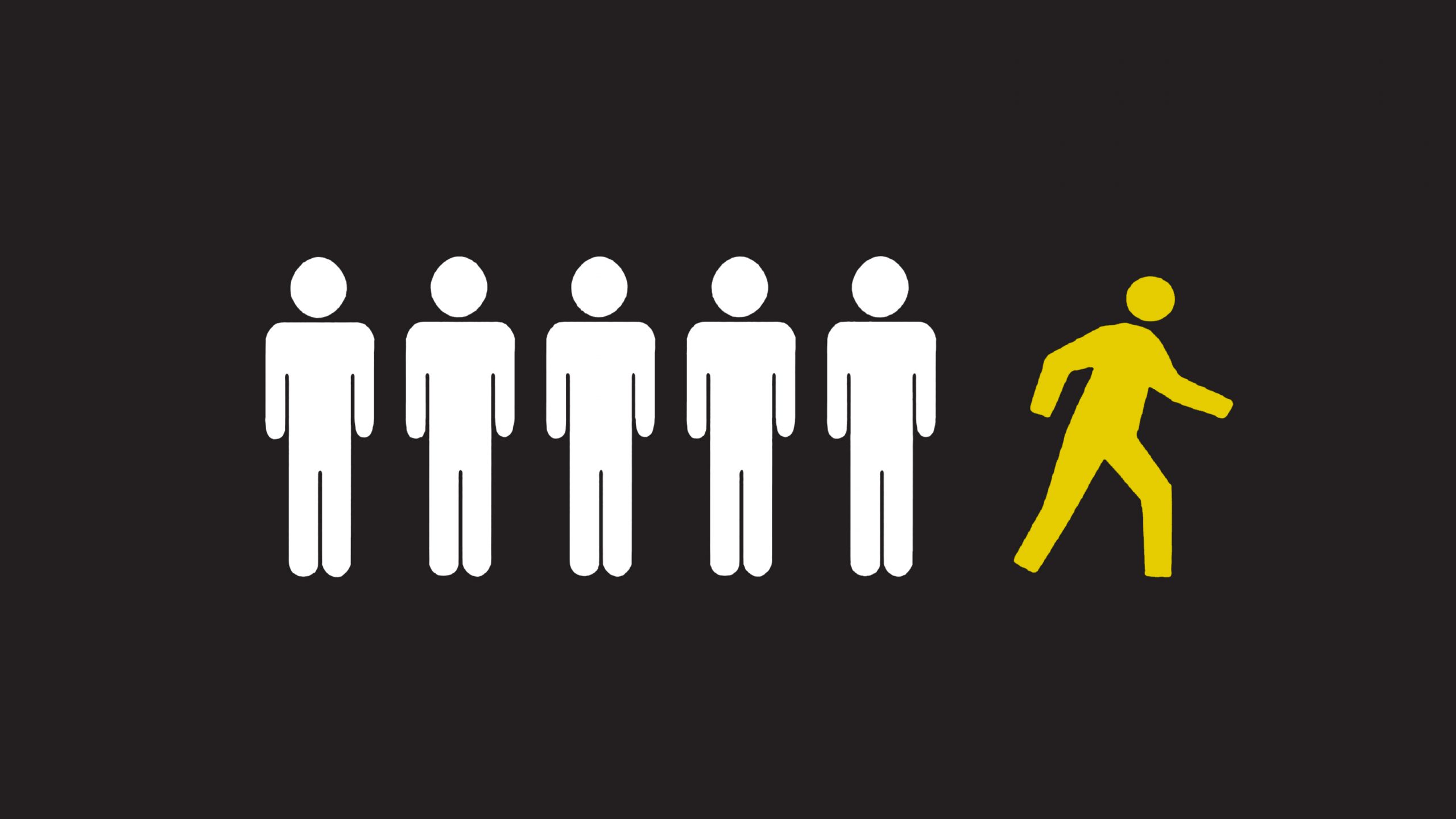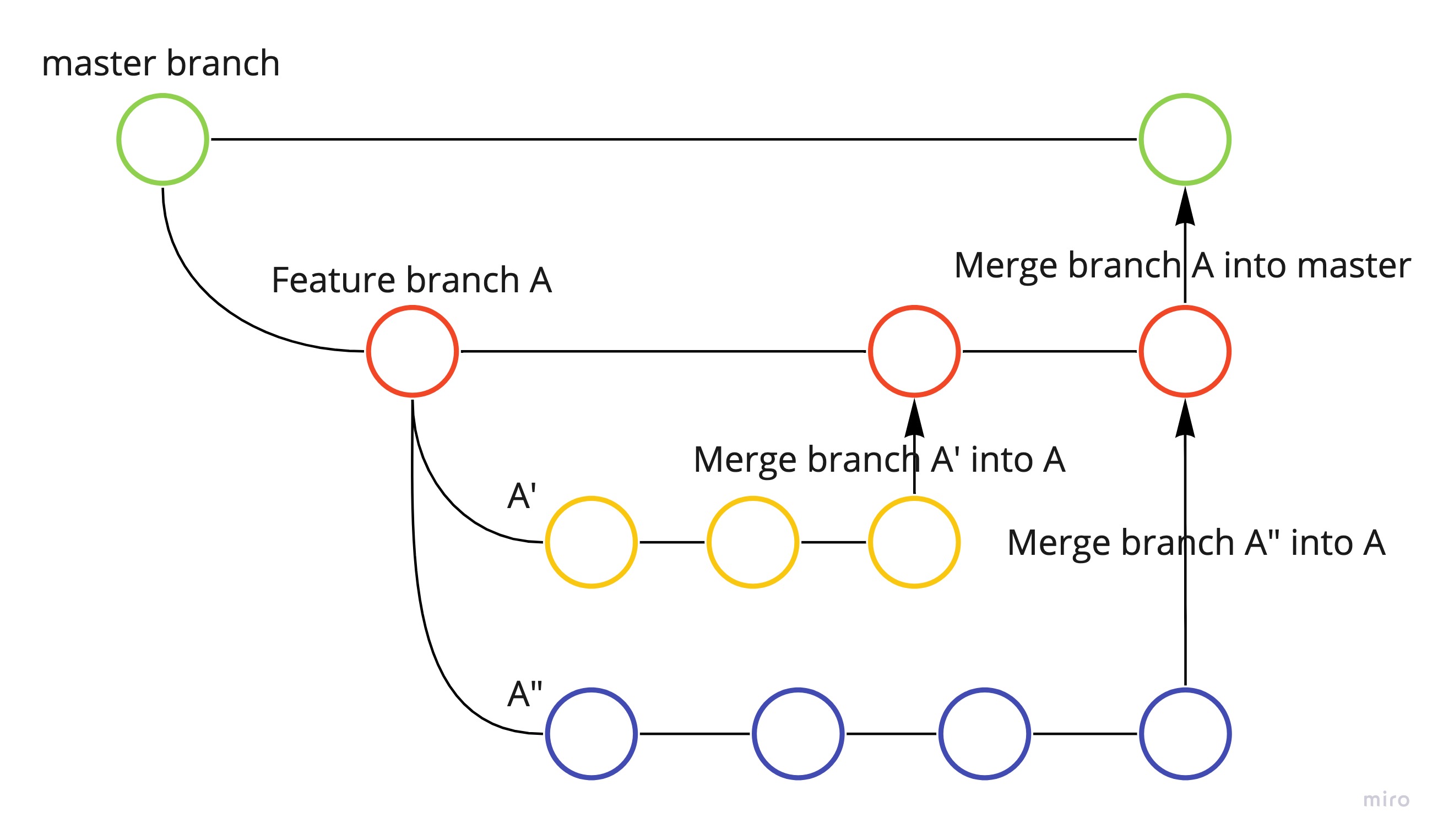Customer Churn in Healthcare Industry
Hi All,
Customer churn, also known as turnover or defection, is a major concern for healthcare organizations, especially those in the medical device industry. It refers to the process in which a healthcare organization’s customers stop using their services, leading to reduced revenue and profitability. To prevent customer churn, healthcare organizations must understand the reasons why their customers are leaving and take steps to address these issues. But…, it is important to think in terms of prediction task and/or causal task!!
In this blog, we will explore how to use Python to analyze customer churn data and gain insights that can help prevent churn in the medical device healthcare industry. First, we will need to collect the necessary data. This can include information on customer demographics, their interactions with the healthcare organization, and any feedback they may have provided. We can then use Python to load this data into a Pandas DataFrame for further analysis.
import pandas as pd
import numpy as np
# load customer data into a Pandas DataFrame
df = pd.read_csv("customer_data.csv")
Next, we can use Python’s built-in visualization libraries, such as Matplotlib and Seaborn, to create charts and graphs that help us understand the data. For example, we can create a histogram to visualize the distribution of customer churn by age group:
import matplotlib.pyplot as plt
import seaborn as sns
# create a histogram to visualize the distribution of customer churn by age group
sns.histplot(data=df, x="Age", hue="Churn")
plt.show()
We can also use Python’s machine learning libraries, such as scikit-learn, to build predictive models that can help us identify customers who are at risk of churning. For example, we can train a logistic regression model to predict whether a customer is likely to churn based on their age, gender, and other factors:
from sklearn.linear_model import LogisticRegression
from sklearn.model_selection import train_test_split
# define the features (there can be more) and target variable
X = df[["Age", "Gender"]]
y = df["Churn"]
# split the data into training and test sets
X_train, X_test, y_train, y_test = train_test_split(X, y,
test_size=0.2,
random_state=1992)
# train a logistic regression model
model = LogisticRegression()
model.fit(X_train, y_train)
# evaluate the model on the test set
accuracy = model.score(X_test, y_test)
print(f"Accuracy: {accuracy:.2f}")
According to recent research, the customer churn rate in the healthcare industry is around 14%. This means that, on average, 14% of a healthcare organization’s customers will stop using their services each year. While this rate may vary depending on the specific industry and organization, it is clear that customer churn is a significant problem that must be addressed.
There are several reasons why customers may choose to leave a healthcare organization, especially in the medical device industry. These can include dissatisfaction with the level of care they receive, the cost of care, and a lack of personalized care.
One of the key reasons why customers may leave a healthcare organization is dissatisfaction with the level of care they receive. Several factors, including long wait times, lack of communication between healthcare providers and patients, and inadequate follow-up care can cause this. Another reason why customers may leave a healthcare organization is the cost of care. Healthcare can be expensive, especially in the medical device industry, and many customers may be unable to afford the services they need.
Finally, customers may leave a healthcare organization if they do not receive personalized care. In today’s age of technology, many healthcare organizations are using data and analytics to provide more personalized care to their patients. By using data to better understand their patient’s needs and preferences, healthcare organizations can improve the quality of care they provide and prevent customer churn. To reduce customer churn in the medical device healthcare industry, there are several steps that organizations can take.
First, they can focus on providing high-quality care and ensuring that patients are satisfied with their experience. This can include reducing wait times, improving communication between healthcare providers and patients, and providing personalized care.
Second, healthcare organizations can work to make their services more affordable. This can include offering payment plans, negotiating with insurance providers, and implementing cost-saving measures.
Third, healthcare organizations can use data and analytics to understand their customers’ needs and preferences better. By analyzing customer data, organizations can identify trends and patterns that can help them provide more personalized care and prevent customer churn. Finally, healthcare organizations can invest in customer relationship management (CRM) software and other tools that can help them track and manage customer interactions and feedback. By using these tools, organizations can gain valuable insights into their customer’s needs and preferences and take steps to prevent customer churn.
Prediction task vs Causal task: The original goal of the model is important to decide between prediction and causal tasks. In a predictive scenario, the aim is to anticipate a result Y using a collection of attributes X. An essential aspect of prediction involves ensuring that the forecasting model(X) closely resembles Y within datasets comparable to our training data. A basic correlation between X and Y can provide valuable assistance in such prediction tasks. In a causal analysis, the objective is to understand how altering an element of the domain X influences an outcome. It is no longer sufficient to identify a stable correlation between variables; we want to know whether manipulating feature X will cause a change in Y. In causal models, we use DAGs to visualize the causal networks of observed and unobserved variables.
Thank you!!





Leave a comment